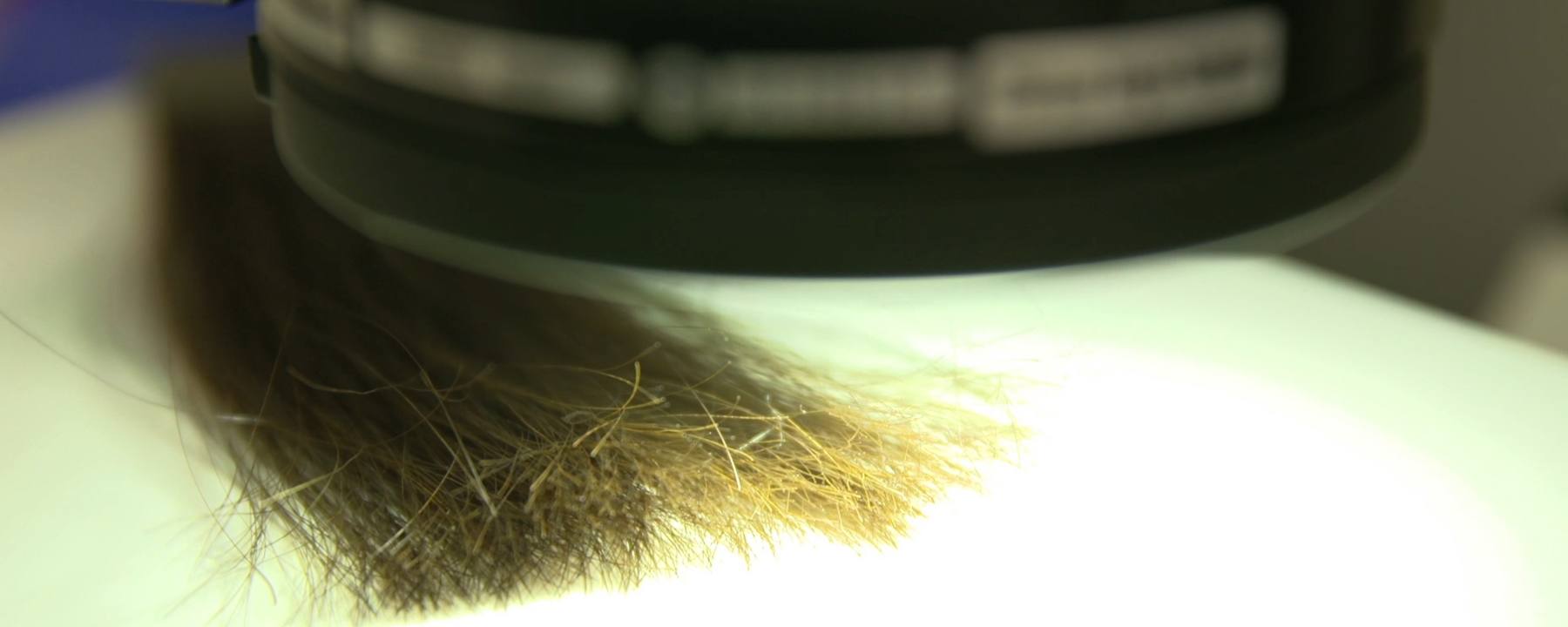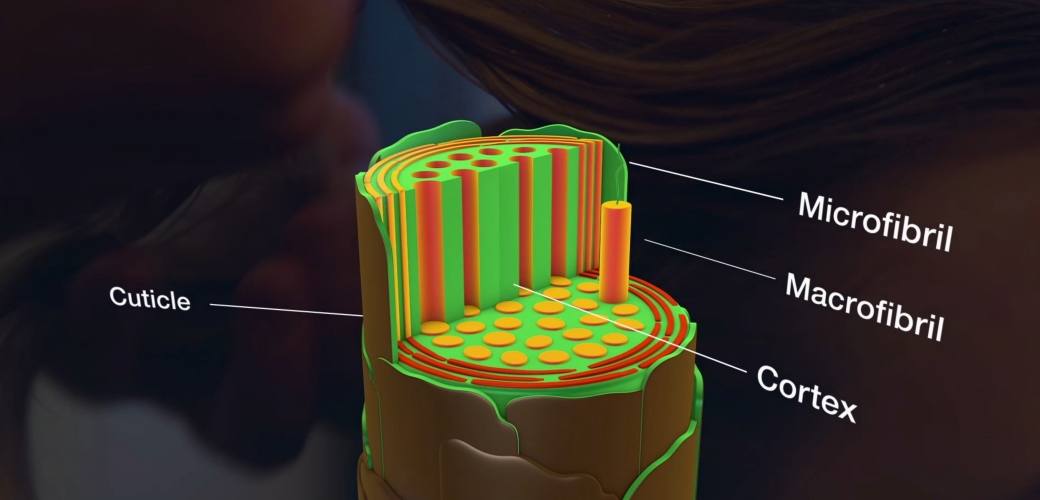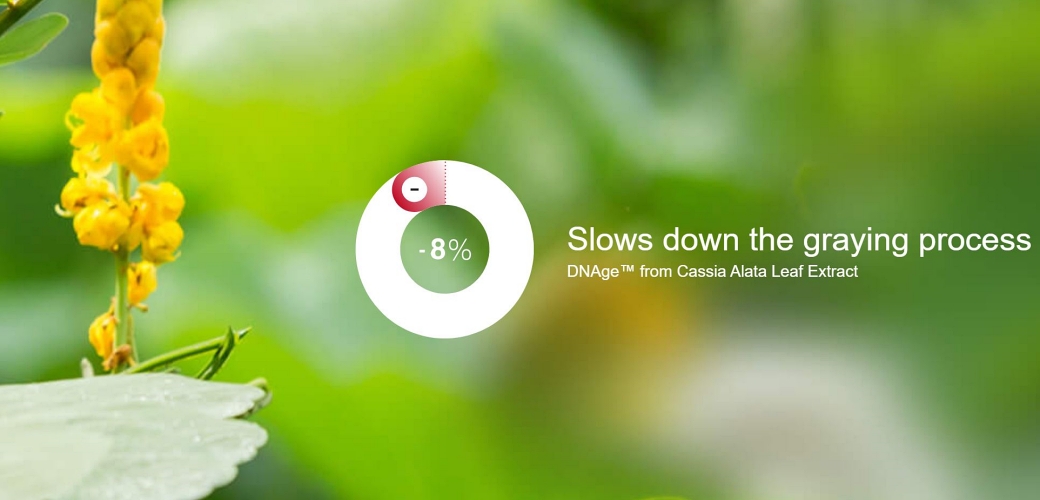
Hair and scalp
Hair - not just what is on your head
We are blessed with an abundant quantity of hair. We have several million of them. Only our hands, lips, soles of our feet, fingernails and toenails are hair free. Hair, part of our largest organ, our skin. The fact that they are "only" referred to as appendages does not do them justice.
Biologists call our hair "skin appendages" (Adnexa). The millions of hairs and tiny hairs are much more than merely appendages. Hair helps to protect our skin and our body. Our scalp hair, for example, ensures that the scalp is protected against sunburn. Hair also regulate our body temperature: when it is cold, they prevent heat loss, and at high and hot temperatures they have a cooling effect. Our eyebrows and eyelashes protect the eyes from foreign particles and drops of sweat, and nasal hairs are our protection against poor air, a bit like a catalytic converter that filters the air before it reaches the lungs. These are all functions that nature has developed for us over millions of years of evolution. Even if the density of body hair has decreased significantly over the course of evolution.
But hair is also important for the soul, our self-confidence and personal satisfaction. Whether it's the right hairstyle, a cool beard or breathtaking eyelashes: Hair adorns us and makes us look good. After all, hair is able to grow on a good 96% of the skin's surface. Only our hands, lips, the soles of our feet, fingernails and toenails are completely hairless.
Anyone involved in the subject of hair care has probably stumbled across many names, technical terms and explanations about hair and its structure. Hair is basically long protein filaments that protrude from the skin. They consist of up to 95% of the protein keratin. This substance is also found in our nails. The same is found in the animal kingdom, for example in the beaks of birds or a rhinoceros horn.
The visible part of the hair is the hair shaft. This "dead" material plays a defining role in our appearance. The hair shaft is made up of 3 layers:
Cuticle
This is the outer shell of our visible hair. A kind of scaly layer that is very important for appearance, structure and protection.
Cortex
This fiber layer surrounds the hair core and is responsible for some of the most important characteristics of hair. The cortex determines, for example, the color, thickness and strength of the hair, as well as the type and number of curls.
Medulla
The core. The hair medulla or core is mainly found in thicker hairs.
Hair is only alive below the surface of the skin. The hair follicle is an embedded sac of the epidermis that goes deep into the skin and anchors the hair into the skin. It contains various components that are important for hair growth and health.
Hair root
This is encased in a layer of cells that nourishes it. It is below the surface of the skin.
Hair bulb
The hair root is embedded inside it. This is where hair is produced.
Hair papilla
The hair papilla is located under the bulb, has a good blood supply, and provides the hair bulb with important nutrients. The hair is created at the border between the papilla and the bulb.
By the way, not all hair is the same. We distinguish between different types of hair that occur during different phases of life or at different ages.
Terminal hair
- This is the hair in adults and the name of scalp and beard hair, eyelashes, eyebrows and pubic hair. This also includes male body hair, for example on the chest or stomach. The terminal hair has a fully developed color. Except for hair that has already turned gray.
Vellus hair
- This is the preliminary stage of terminal hair before puberty . It is very recognizable in the fine fluff on the skin of babies and small children. The transition between the hair types is fluid. The more woolly vellus hair, sometimes persists beyond puberty, mostly in women.
Lanugo hair
- This is what hair is called in the embryonic phase of life, when it still has no pigment and is very fine. This hair usually falls out again before birth.
Our relationship with our hair is constantly developing. While you lose around 70 to 100 hairs a day as a result of completely natural hair loss, around 85-90% of all the existing hair on a person is in a growth phase. The cycle of growth of the hair on your head includes three phases:
Anagen phase
- The growth phase lasts between 2 and 6 years. The hair on your head manages to grow about half an inch every month.
Catagen phase
- The transition phase. This is when hair growth ends. No further cell division takes place.
Telogen phase
- The resting phase. This lasts about three months. Now the hair can easily fall out, e.g. when being combed or washed.
On average, around 13% of hair on your head is in the resting phase, around 1% is in the transition phase.
There are many more interesting facts and figures about the hair that adorns our head and body. In future articles we want to bring you closer to your hair.
P.S. If you think you can accelerate hair growth, whether on your head, beard or on your face, by regularly cutting and shaving, you are welcome to try this. But it doesn't make any difference. Growth cannot be influenced by this.



